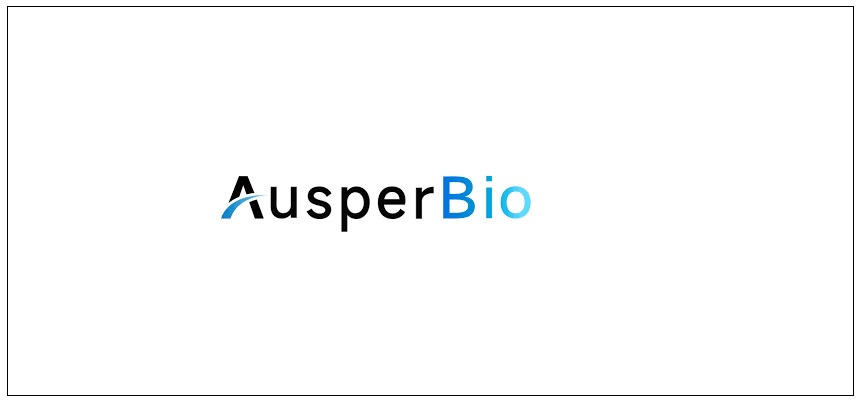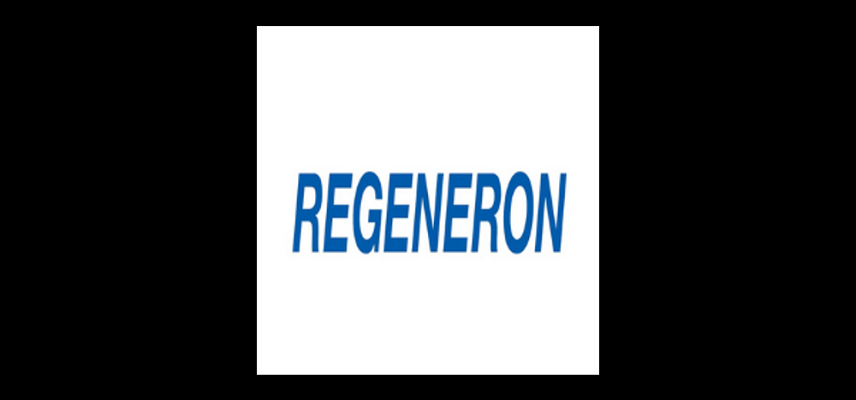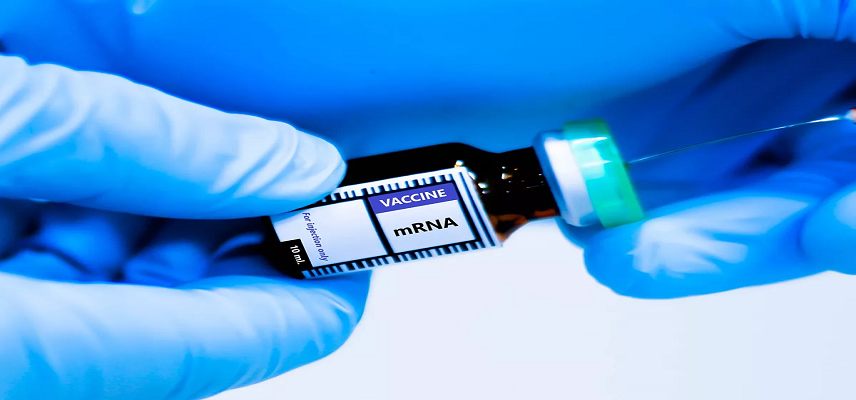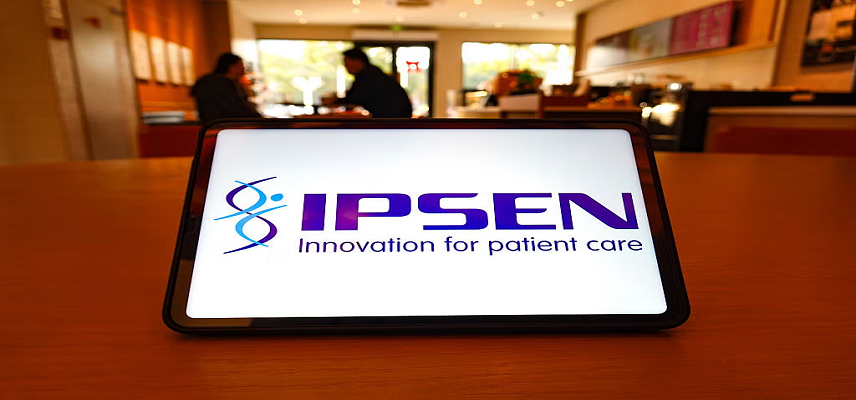Synchrons Stentrode Receives Us Fda Breakthrough Device Designation
Synchron, A Neurovascular Bioelectronics Medicine Company, Announced That The Us Food And Drug Administration (Fda) Has Granted Breakthrough Device Designation For Stentrode, A Fully-Implantable Medical Device That Can Translate Brain Activity Or Stimulate The Nervous System From The Inside Of A Blood Vessel, Without The Need For Open Brain Surgery. The Device, Which Has Already Been Implanted In Patients With Upper-Limb Paralysis, Is Currently Being Evaluated For Its Ability To Enable Patients With Paralysis To Regain Functional Independence By Control Of Digital Devices Through Thought Alone.The Breakthrough Devices Program Is Designed To Expedite The Development And Fda Review Of Innovative Solutions For More Effective Treatment Of Irreversibly Debilitating Diseases Or Conditions, Among Other Purposes, And Will Lower The Burden Required For Medicare Reimbursement.&Ldquo;As This Is A First-Of-Its-Kind Device, We Look Forward To Working Closely With The Fda To Prioritize Development Of The Stentrode And Ensure Access For Patients With Paralysis, As Well As Lay The Groundwork For Future Indications For Brain-Computer Interfaces,&Rdquo; Said Thomas Oxley, Md, Phd, Ceo Of Synchron.Designed So That Patients Can Train Their Brains To Wirelessly Control External Systems Without The Need For Using Their Hands Or Voice, The Stentrode Is The Only Investigational, Implantable Device, That Does Not Require Open Brain Surgery. Other Neural Interface Devices, Such As Those Being Developed By Elon Musk&Rsquo;S Neuralink And Braingate, Currently Require Drilling Into The Skull, And Direct Puncture Into The Brain, To Achieve Device Implantation.Safety And Efficacy Data From A Currently-Active First-In-Human Clinical Trial Will Be Used To Finalize The Protocol For A Pivotal Fda-Enabling Study That Will Guide Evaluation For Us Marketing Approval. Future Research Will Evaluate The Use Of The Stentrode In Patients With Paralysis Due To Spinal Cord Injury, Als, Stroke And Muscular Dystrophy.Pre-Clinical Studies Have Demonstrated The Stentrode'S Long-Term Safety As Well As Its Ability To Pick Up Specific Electrical Frequencies Emitted By The Brain. Synchron, In Collaboration With The University Of Melbourne, Has Published Their Scientific Results In Top Ranking Journals Including Nature Biotechnology, Nature Biomedical Engineering And The Journal Of Neurosurgery.Similar To The Procedure Utilized For Implantation Of Cardiac Pacemakers, Implantation Of The Stentrode Is A Minimally-Invasive Procedure During Which The Device Is Delivered To The Brain Through Blood Vessels. As The Stentrode System Is Small And Flexible Enough To Safely Pass Through Curving Blood Vessels, Insertion Of The Device Does Not Require Open Brain Surgery. This May Reduce Risk Of Brain Tissue Rejection Of The Device, Which Has Been A Significant Problem For Other Techniques.The Technology Relies On A Revolutionary Brain-Controlled Handsfree App Platform Called Brainos To Translate The Brain Activity Into A Standardized Digital Language, Directly Through Thought, To Control Apps That Restore Communication And Limb Function. In Addition, Brainport&Trade;, A Fully-Internalized, Wireless Solution Implanted In The Chest Provides High-Resolution Neural Data Transmission, And Is The Final Component Of The Synchron System.The Only Interventional Neuromodulation Platform, Stentrode Is Designed To Function As Both A Neuroprosthesis And Neuromodulation Device. In The First Clinical Trial, The Tiny Stentrode Motor Neuroprosthesis Is Implanted Next To The Brain&Rsquo;S Motor Cortex Using Bloodstream-Enabled Procedures Commonly Used For Neurovascular Stent Implantation, Without Open Brain Surgery. The Stentrode, A Brain-Computer Interface That Translates Brain Activity Into Standardized Digital Language, Is Undergoing Clinical Investigation To Evaluate Its Ability To Improve Functional Independence For People With Paralysis By Restoring Command Control Of External Devices That Facilitate Instrumental Activities Of Daily Living, Such As Text Messaging. Future Interventional Neuromodulation Applications May Include The Potential To Diagnose And Treat Nervous System Conditions, Including Parkinson&Rsquo;S Disease, Epilepsy, Depression, And Hypertension.
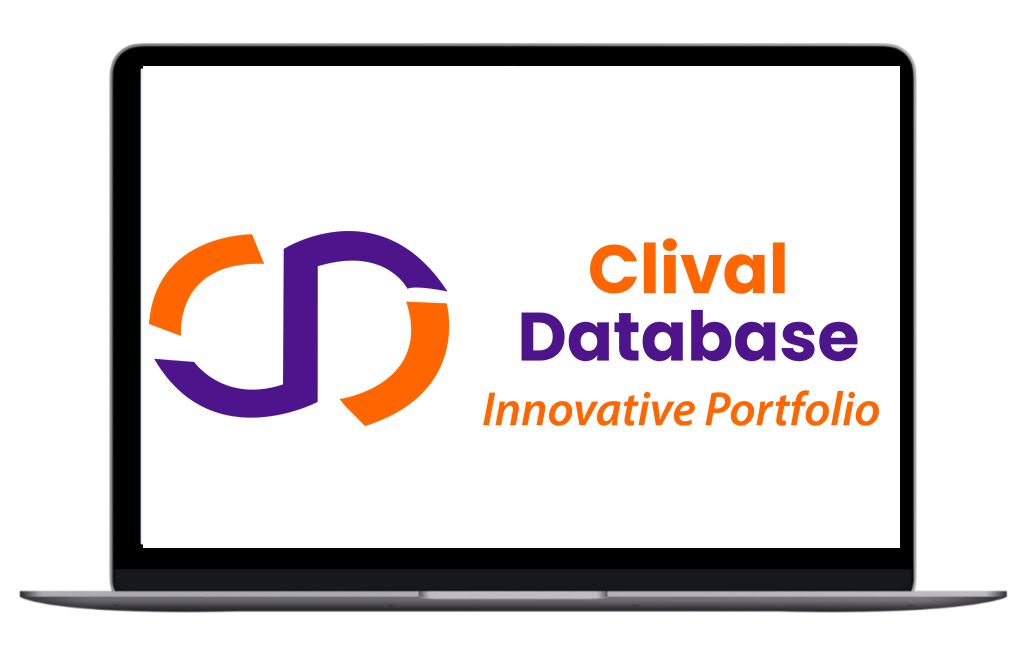
Optimize Your trial insights with Clival Database.
Are you exhausted from the uncertainty of trial insights pricing? Clival Database ensures the clarity in the midst of the global scenario for clinical trials to you.Clival Database is one of the best databases that offers an outstanding number of clinical trial data in terms of 50,000+ molecules and from primary regulatory markets as well as new entrants like Indian and Chinese markets.
With Clival, you get accurate positioning of historical sales data, patent database, company profiling, safety & efficacy, and prediction of launch of new innovative molecules helping you to align your research and driving down the cost.
To add value, we further break down our analytics for you so that improving your operational effectiveness; optimizing your clinical trials; and offering you accurate and high-quality data at lowest possible prices becomes possible.
Elevate your trial success rate with the cutting-edge insights from Clival database.
Check it out today and make more informed sourcing decisions! Learn More!


